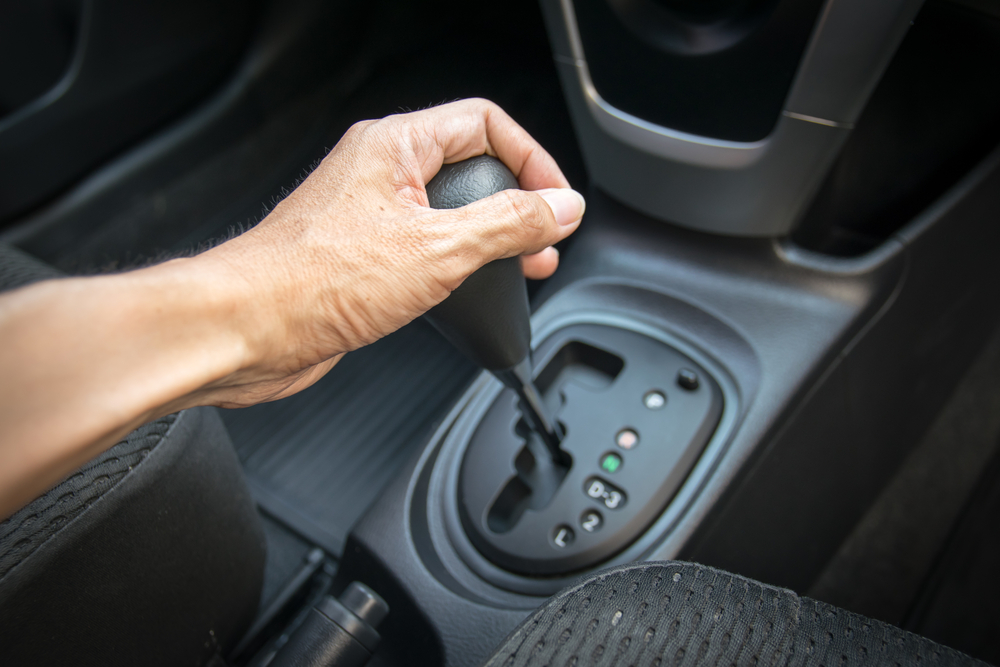Blog

How Long Does an Automatic Transmission Last?
Time and mileage vary between car drivers and how they use or abuse their transmissions. Still, typical automatic transmissions last around 150,000 to 200,000 miles or approximately 7 years. Cases exist in both extremes; extreme longevity and early failure.
Many car owners unintentionally ignore their transmission health until it’s too late. Here are 5 practices to get the most life out of your automatic transmission:
1. Regularly Service Your Transmission
Either on your own, if you have automotive maintenance experience, or by hiring a mechanic, have your transmission’s oil and filter changed. As with an oil change, refer to the manufacturer’s specifications for exact service intervals. In general, change the oil and filter every 20,000 to 30,000 miles or every 18 months. Newer cars will also want to have their automatic transmission flushed of sediment and debris every 40,000 to 50,000 miles or every 2 years.
2. Regularly Check Your Transmission Fluid
Transmission fluid is designed to remove heat from the internal components of the transmission and take it away from moving parts. Low fluid levels can cause the transmission to overheat and cause irreversible damage. Depending on how much you drive, the automatic transmission should be checked every 2 to 4 weeks with the engine running.
3. Use Synthetic Transmission Fluid
Before switching, you should be using the type of transmission fluid recommended by your owner’s manual. However, heat eventually breaks down the organic compounds in regular automatic transmission fluid and makes it less effective. More heat-resistant, synthetic fluid will benefit your aging automatic transmission over time. It’s especially helpful to those who frequently drive with heavy loads, in heavy traffic, or through the mountains.
4. Invest in a Transmission Cooler
Heat is the enemy of the transmission. Damage builds up over time from extended heat exposure to seals, metal surfaces, and electronic parts. Whenever the temperature in the transmission goes over 200-degrees, each 20-degree notch decreases the service life by half. A transmission cooler can lower the operating temperature significantly and can more than double the time it takes to wear out.
5. Practice Good Driving
Smart driving techniques can enhance the longevity of your automatic transmission. Keep in mind the following 3 practices:
Avoid aggressive driving. Aggressive driving from a stopped position can increase heat, as does continuous acceleration and deceleration. Driving more-relaxed can ease stress on the transmission and yourself.
Don’t drive before your engine and transmission warm up. In cold weather, let the car idle until the engine’s RPM lowers before putting it in gear. The transmission fluid is thicker when it’s cold, and won’t move from the bottom to the top as effectively. Let it warm up to better do its job of preventing friction damage.
Don’t shift gears while the vehicle is moving. Automatic transmissions still involve shifting between reverse and drive. Though it may be tempting to peal out of a parking spot or make a quick 3-point turn, let the car come to a complete stop before shifting to avoid damaging the internal gears.
Transmissions are designed to withstand a certain level of heat exposure. Following intentional driving practices can help extend the life of your transmission. Be sure to find a qualified mechanic to diagnose any suspected automatic transmission problems, particularly one knowledgable in your car model’s specific needs. The right mechanic for transmission repair can save you time and money in the long run.
Posted on January 2019,14 // Author: Admin